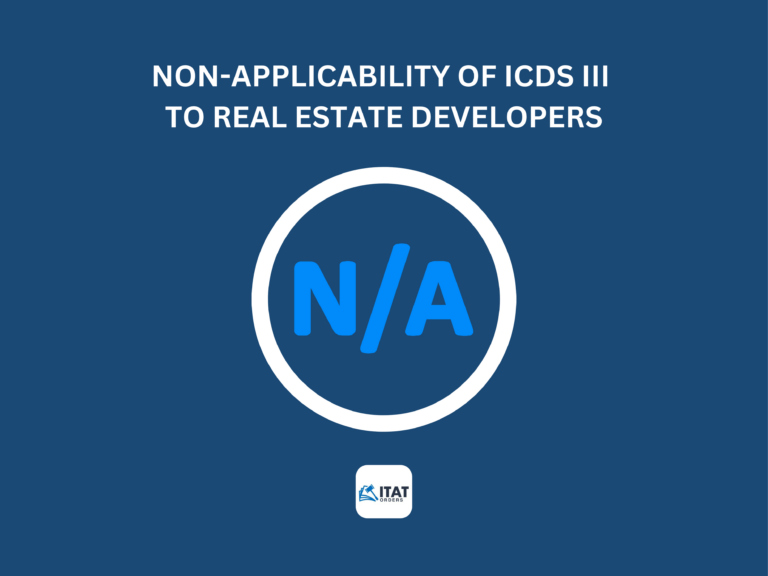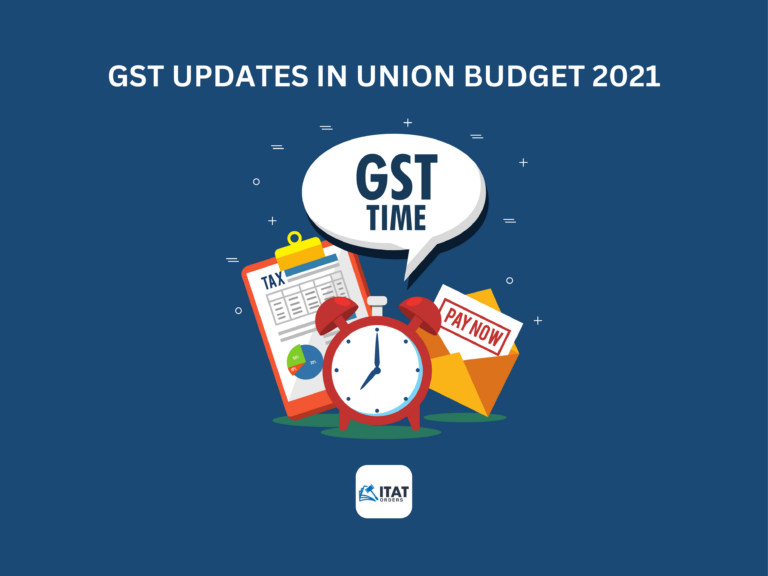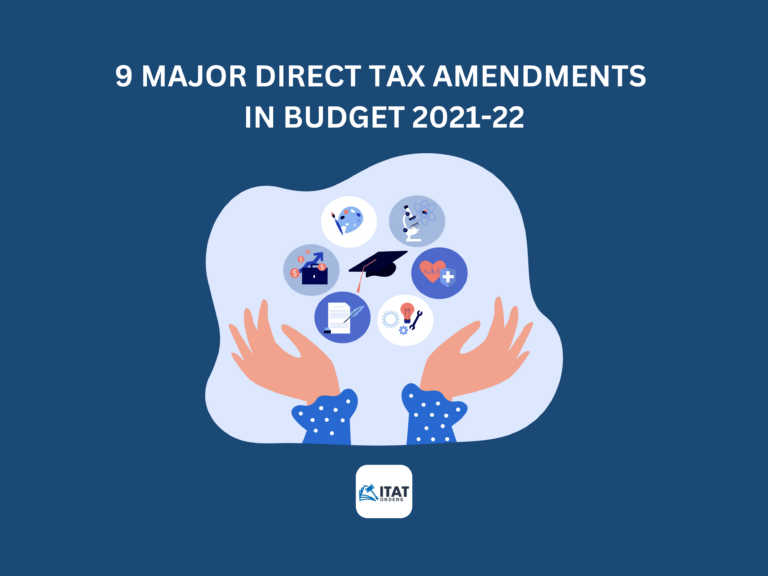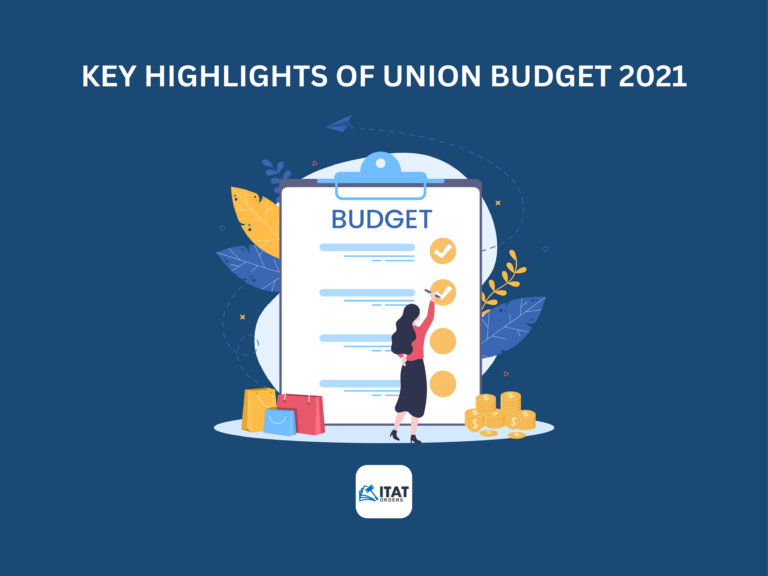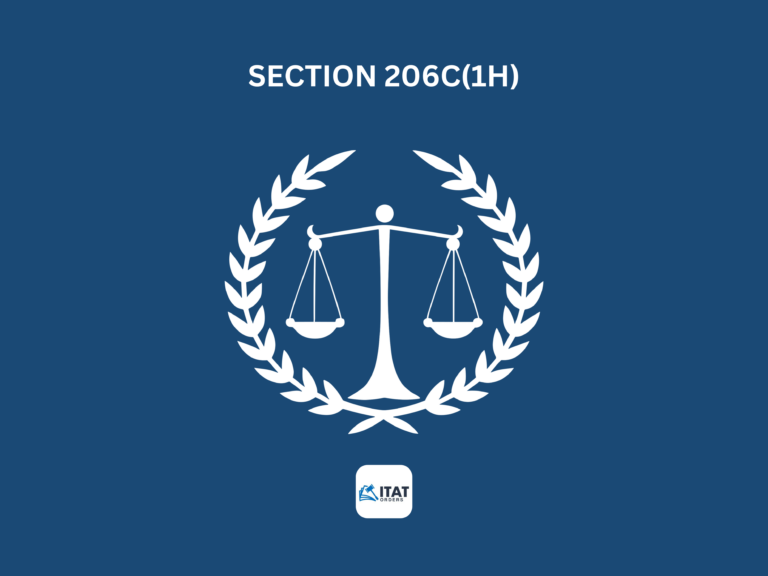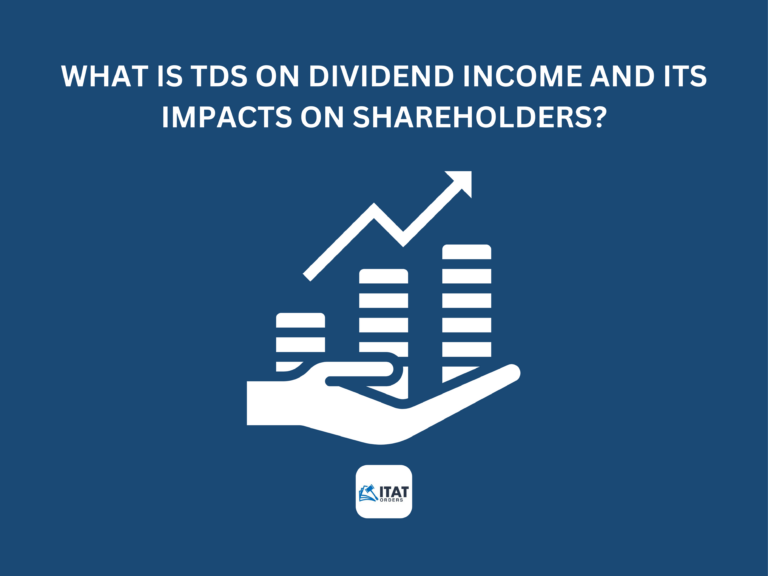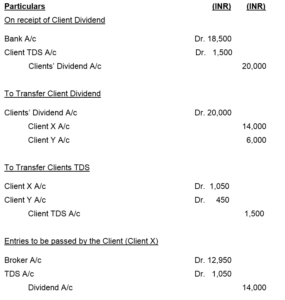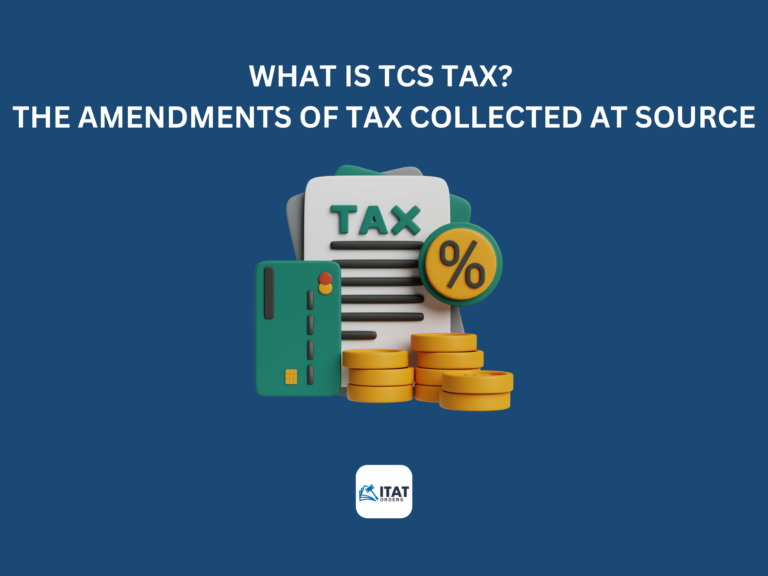On April 1, the Central Board of Direct Taxes (CBDT) notified all the income-tax related (ITR) forms for assessment year 2020-2021. While you have time to file your returns (for income earned during the FY 21), till July 31, There are a number of tax-related tasks that need to be finished before this important deadline. Here is a checklist for you to see if you have missed something.
Vivad se Vishwas scheme
The deadline for the payment of tax without additional interest under the ‘Vivad se Vishwas’ scheme is 30 April, 2021. The Direct Tax ‘Vivad se Vishwas’ Act, 2020 was enacted on March 17, 2020, with the objective to bring down pending income tax litigations, generate timely revenue for the government and to benefit taxpayers. Make sure to pay the due tax if you have opted for the scheme by the end of April.
Furnishing Form 15G and 15H
Those who are having investment in fixed deposits (FDs) should submit form 15G or 15H as applicable to banks, if their income is expected to remain below the taxable limit. Ideally, this should be done at the start of the financial year, because banks are required to deduct TDS in case your interest income is more than Rs 40,000 in a year. For this purpose, the bank adds deposits held in all its branches to calculate this limit.
Form 15G and Form 15H are self declaration forms for an individual below 60 years of age and those above the age of 60 years, respectively. Some banks also allow you to submit the forms online.
If you own a startup, right time to apply for deduction under section 80IAC
Startup India is a flagship initiative of the Government of India, intended to build a strong eco-system for nurturing innovation and Startups in the country that will drive sustainable economic growth and generate large scale employment opportunities. The Government through this initiative aims to empower Startups to grow through innovation and design.
Tax exemption under Section 80IAC of the Income Tax Act is one of the benefits from the various benefits provided to startups under Startup India Scheme. To get Income Tax benefits in the form of 3 years tax holiday u/s 80IAC , get in touch with your Tax consultant as soon as possible or contact us on https://wa.me/message/QJG5ISIMSXWZC1
TDS/TDC Due date Calendar
30 April 2021 –
- Due date for deposit of TDS for the period January 2021 to March 2021 when Assessing Officer has permitted quarterly deposit of TDS under section 192, 194A, 194D or 194H
- Due date for furnishing of Form 24G by an office of the Government where TDS/TCS for the month of March, 2021 has been paid without the production of a challan
- Due date for furnishing of challan-cum-statement in respect of tax deducted under section 194-IA in the month of March, 2021
- Due date for furnishing of challan-cum-statement in respect of tax deducted under Section 194-IB in the month of March, 2021
- Due date for furnishing of challan-cum-statement in respect of tax deducted under Section 194 M in the month of March, 2021
- Due date for deposit of Tax deducted by an assessee other than an office of the Government for the month of March, 2021
Submission of Form 60/ Form 61
As per Rule 114B, PAN Card No. is mandatory required to be furnished at the time of entering into the following transactions
-
- Sale or purchase of any immovable property exceeding Rs. 5,00,000
- Sale or purchase of any vehicle (excl two-wheelers)
- Any Fixed Deposit exceeding Rs. 50,000 with any Bank
- Any FD exceeding Rs. 50,000 with Post Office
- Contract exceeding Rs. 10,00,000 for sale/purchase of specified securities
- Opening a Bank Account
- Making an application for installation of a telephone connection
- Payment to Hotels and Restaurants for a payment exceeding Rs. 25,000
In case a person who enters into any of the certain specified transactions where PAN Card No. is mandatorily required to be submitted, but does not have a PAN Card, he shall file a declaration in Form 60/Form 61.
Form 60 is required to be filed in cases where a person enters into any of the transactions but does not have a PAN card. Form 61 is required to be furnished in case a person who has agricultural income and is not in receipt of any other income chargeable to income tax.
Due date for submitting the above form is 30/04/2021 for all transaction incurred between the period October 1, 2020 to March 31, 2021
Is our GSTR filed for this month? Check your due dates
|
*Due date |
Purpose |
Period |
Description |
| 22nd April | GSTR-3B(Quarterly) | Jan-Mar’21 | Summary of outward supplies, ITC claimed, and net tax payable by taxpayers who opted for QRMP scheme and registered in category X states or UTs# |
| 24th April | GSTR-3B(Quarterly) | Jan-Mar’21 | Summary of outward supplies, ITC claimed, and net tax payable by taxpayers who opted for QRMP scheme and registered in category Y states or UTs |
| 25th April | ITC-04(Quarterly) | Jan-Mar’21 | Summary of goods sent to/received from a job-worker |
| 30th April | GSTR-4(Annually) | FY 2020-21 | Yearly return for taxpayers opted into the composition scheme for FY 2020-21 |
Pay your self-assessment tax
The due date to file the ITR for FY 21 is 31 July 2021, unless the government extends it. However, if there is any tax due at your end on income earned during the FY21, it will continue to attract interest, till you pay the same. So, it is prudent to self assess your tax liability and make the payment to avoid panel interest. This self assessment of due tax is called self-assessment tax (SAT). Once you pay the SAT, you can even file your returns instead of waiting till 31 July.
What are you waiting for? Complete all your checklist before we break into another lockdown.
Till then, Stay Positive, Test Negative!

![Re-Registration of Trusts / Institutions [Notification No. 19/2021 dated 26.03.2021] : Re-Registration of Trusts / Institutions [Notification No. 19/2021 dated 26.03.2021] :](https://wp.counselvise.com/wp-content/uploads/2021/04/20240202_115600_0000-768x576.png)
